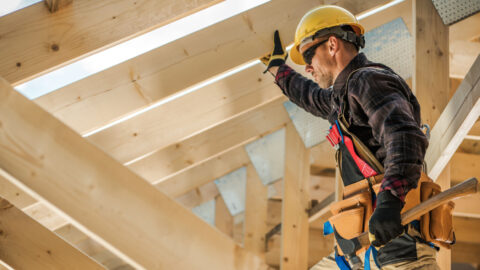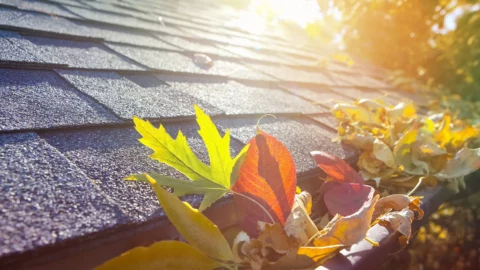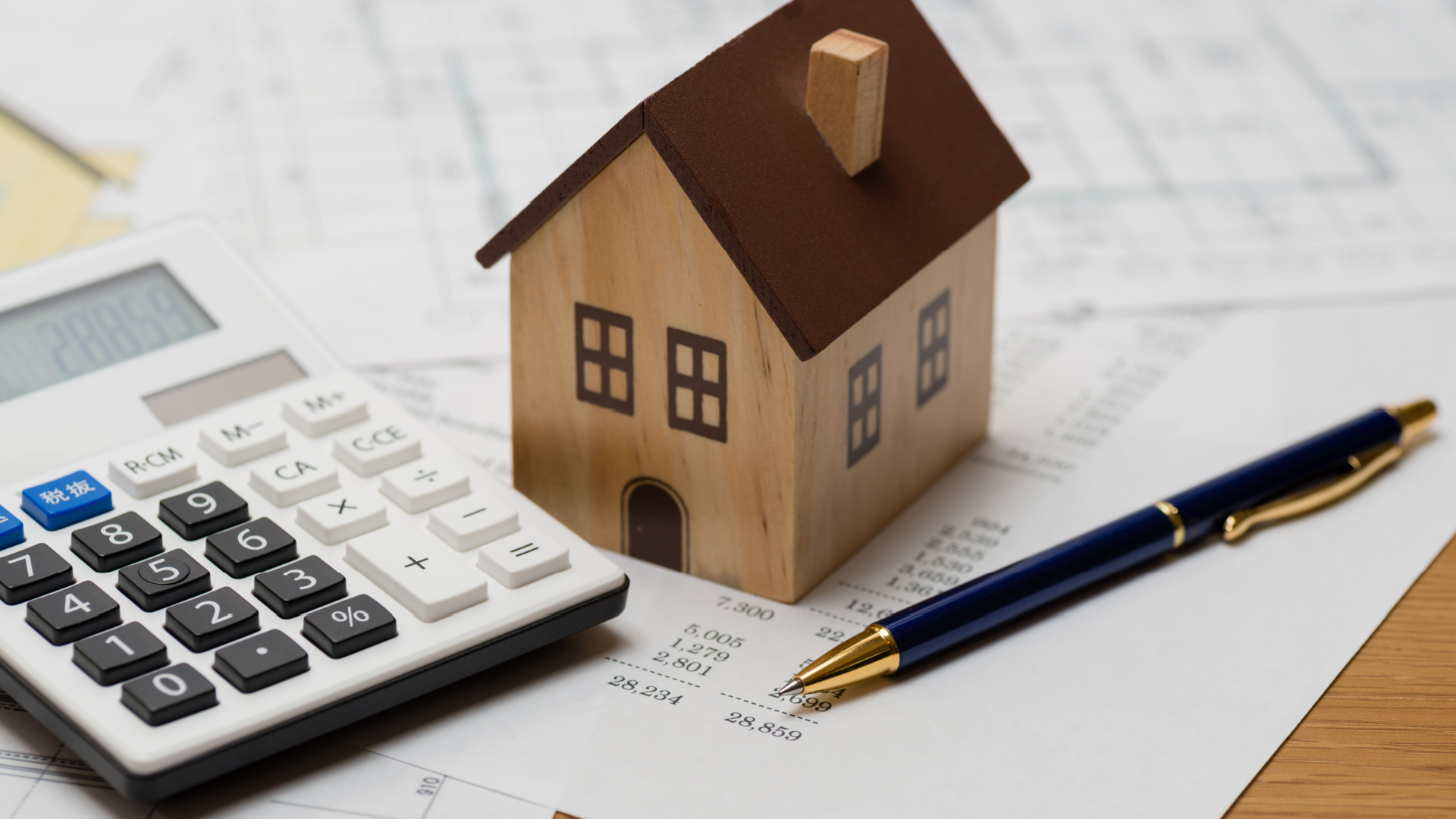In Florida, roof storm damage often goes unnoticed until it escalates. Identifying these hidden damages requires meticulous inspections, especially around storm seasons. Timely detection and repair are key to preventing further issues during subsequent storms.
The I.O.U. Method: A Systematic Approach to Roof Inspection
John Hogan Roofing recommends the I.O.U. method—Inside, Outside, Up the ladder—for comprehensive roof inspections.
Inside Inspection: Starting from the Attic
Begin your inspection indoors, ideally in the attic. Look for sunlight through the roof, indicating holes or severe damage. Stains or streaks inside suggest moisture problems, while sagging may point to structural issues. In such cases, consulting with seasoned professionals like John Hogan Roofing is crucial.
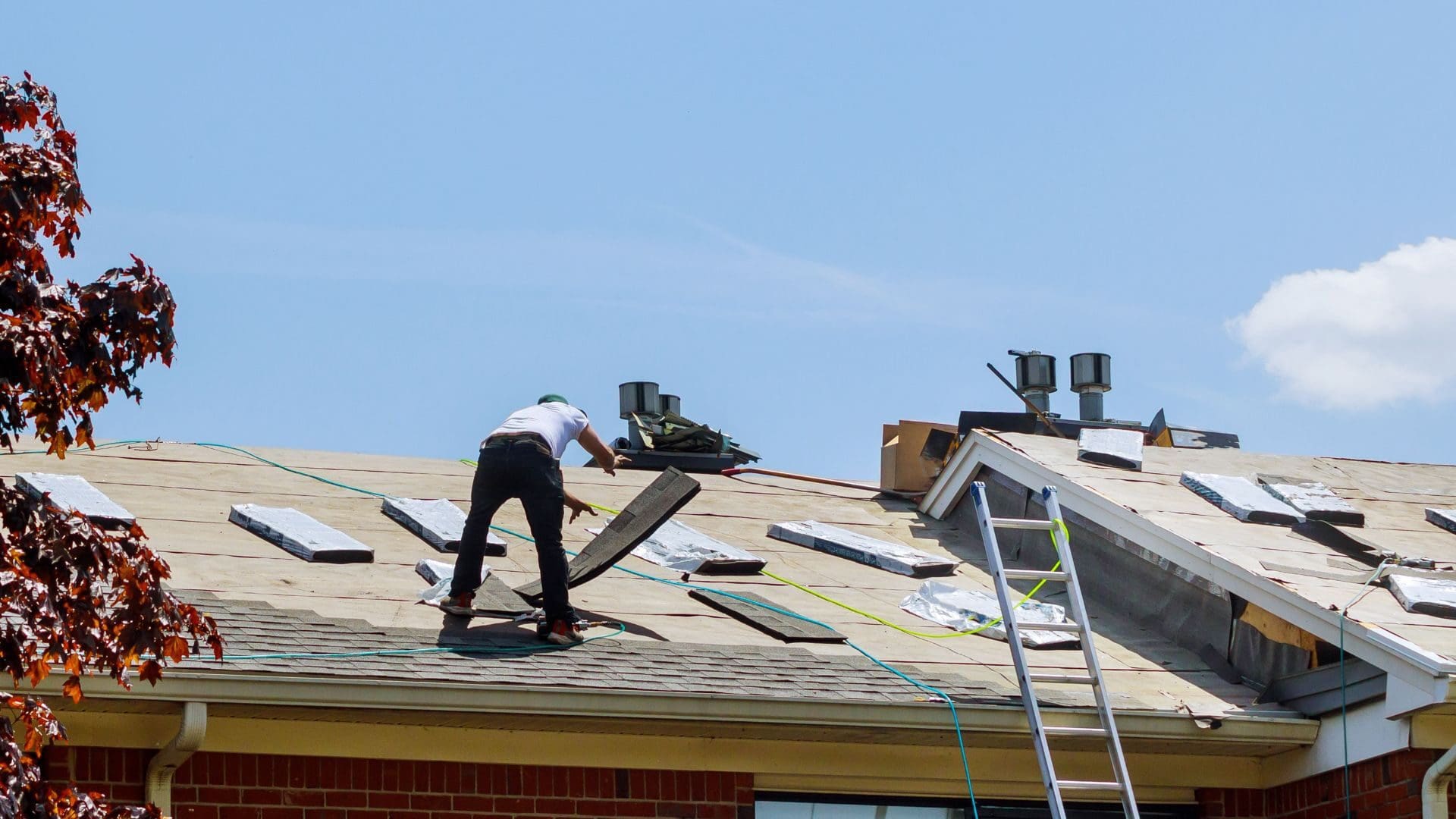
Outside Observation: Ground-Level Assessment
A walk around your property can reveal much about your roof’s condition. Missing or damaged shingles, dark patches indicating granule loss, and debris impact are all signs that need professional attention. Also, examine for bent or detached flashing, which can lead to water infiltration.
Up the Ladder: Detailed Examination
For a closer look, safely climb a ladder, if feasible. Check for loose nails, raised nail heads, and gutter blockages. These seemingly minor issues can lead to significant problems if overlooked.
Why Choose John Hogan Roofing for Repair Services?
John Hogan Roofing, serving Clearwater and beyond, specializes in both residential and commercial roof repairs. We offer comprehensive solutions, from free estimates to expert craftsmanship, ensuring your roof withstands Florida’s harsh weather.
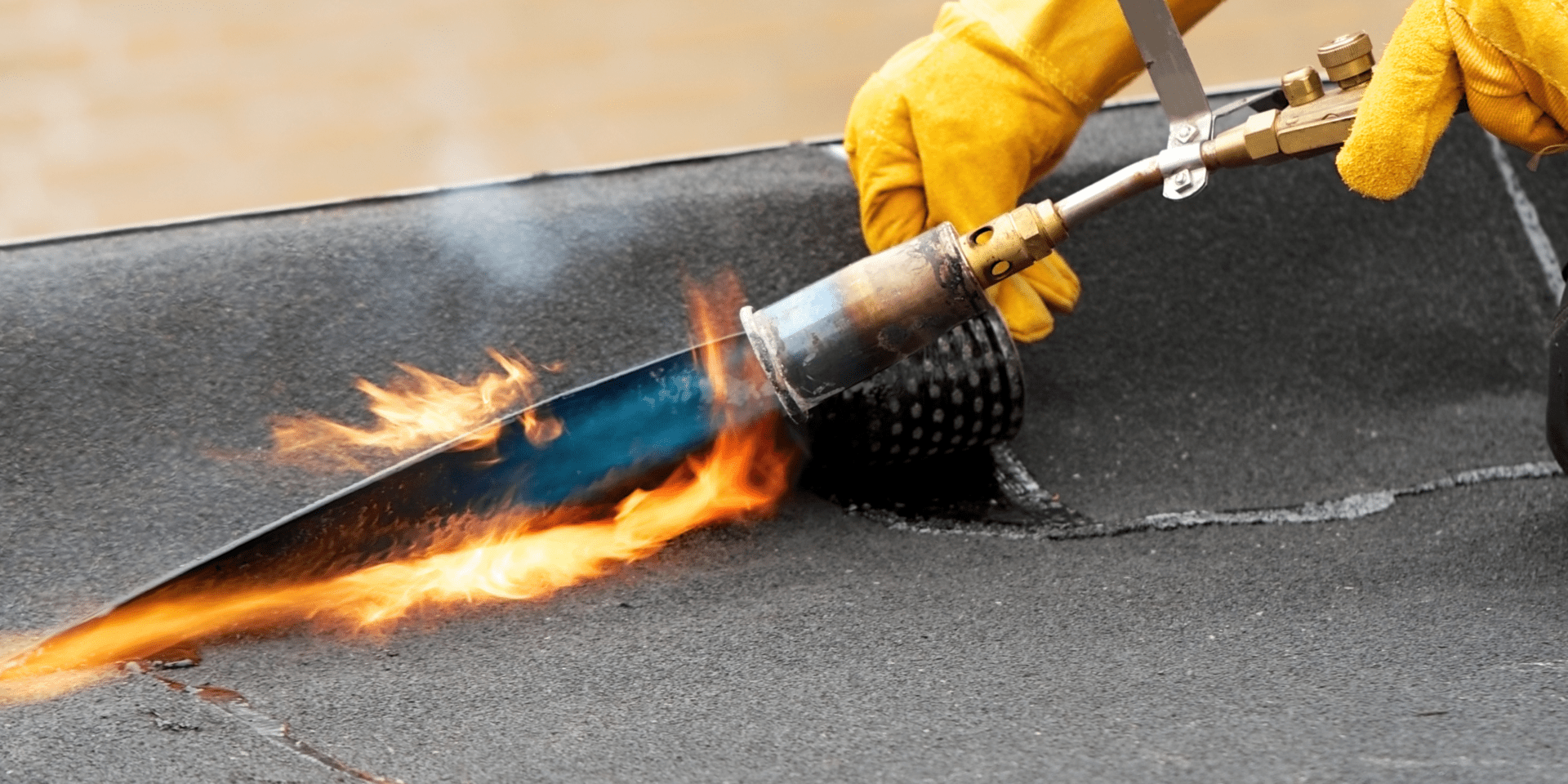
Selecting the Right Roofing Options for Clearwater Homes and Businesses
In Clearwater, the choice of roofing material is critical. Residential options range from durable asphalt shingles to wind-resistant metal roofs, while commercial properties benefit from built-up roofing systems or flexible single-ply options for maximum protection.
Conclusion: Trusting John Hogan Roofing with Your Roofing Needs
Don’t let storm damage compromise your safety. John Hogan Roofing’s expertise in roof repair and maintenance ensures your property’s longevity and resilience. Contact us for a free estimate and experience unparalleled roofing services in Clearwater, Florida.
HAVE THE WORK COMPLETED RIGHT THE FIRST TIME
You May Also Like:
Benefits of Integrating Solar Panels with Your Roof in Florida
In the Sunshine State, it’s no secret that the sun shines bright nearly all year long. Florida is not only a paradise for beach lovers but also an ideal location for harnessing solar energy. If you’re a homeowner in Florida, you’ve probably considered integrating solar panels into your home, especially as the state continues to…
Read More15 Crucial Questions to Ask Before Hiring a Roofing Contractor in Florida
15 Crucial Questions to Ask Before Hiring a Roofing Contractor in Florida (And Why They Matter) In Florida, where hurricanes, heavy rain, and intense sunshine are part of everyday life, your roof is more than just a cover — it’s your home’s first line of defense. So, when it comes time for a roof repair…
Read MorePreventative Roof Maintenance Tips for Hurricane Season in Florida
Florida’s hurricane season runs from June 1 to November 30, bringing high winds, heavy rains, and potential roof damage. Your roof is the first line of defense against these extreme weather conditions. Even minor vulnerabilities can lead to costly damage during a storm without proper maintenance. This guide provides essential preventative roof maintenance tips to…
Read More

